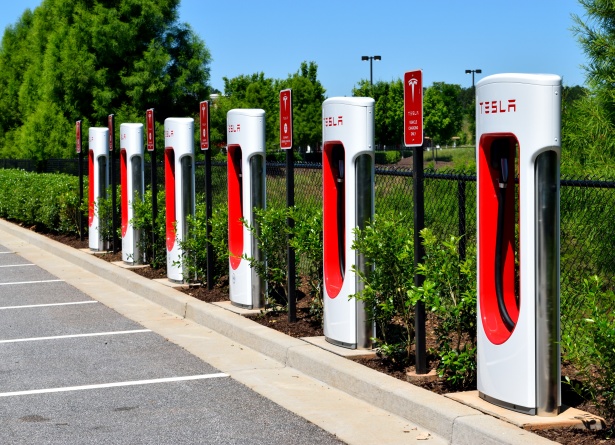
Amid growing complaints from Tesla owners that allowing non-teslas to charge at superstations created problems, Tesla announced a new premium electricity option, only available for certified Tesla vehicles.
Superchargers have already offered higher voltage for faster charging. However, all voltages still oscillate between positive and negative at 60 times per second, known as Hertz (Hz). The new “premium” chargers deliver electricity at 72Hz, a 20% increase, in addition to the various wattages available from existing superchargers.
Early tests indicate that by delivering electricity at greater Hertz values, Tesla vehicles gain extra performance, from faster acceleration to more extended range. Due to the conversion from AC delivery to DC storage, the additional 12Hz in delivery only results in a 5% increase in net performance, but the Teslarati are reportedly ecstatic.
Physicists have argued that changing the Hz delivery rating will have no effect since “electrons are electrons.” They say the transition into existing DC battery storage makes the Hz delivery rating irrelevant. Dr. Christoph Winterhalter of the Deutsches Institut fur Normung (a German standards organization) pointed out that if the Hz made any difference, European Teslas would all be slower because much of Europe and Germany have standardized on the lower 50Hz for their electric grids.
Asked for comment, Ms. Sarah O’Brien, one of Tesla’s former VP of Communications, pointed out ample evidence that the higher Hz rating makes a positive difference. One need only look at how much faster people in the US jump to conclusions.
